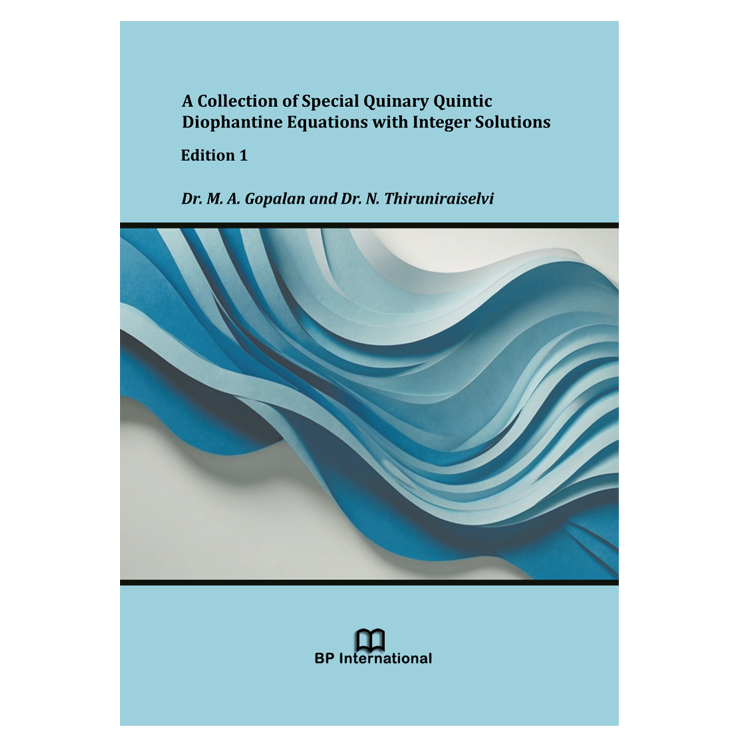The fascinating branch of Mathematics is the Theory of Numbers in which the subject of Diophantine equations requiring only integer solutions is an interesting area to various mathematicians and lovers of mathematics because it is a treasure house in which the search for many hidden connections is a treasure hunt. In other words, the theory of Diophantine equations is an ancient subject that typically involves solving, a polynomial equation in two or more variables or a system of polynomial equations with the number of unknowns greater than the number of equations, in integers and occupies a pivotal role in the region of mathematics. It is worth mentioning that Diophantine problems are plenty playing a significant role in the development of mathematics because the beauty of Diophantine equations is that the number of equations is less than the number of unknowns.
The theory of Diophantine equations provides a fertile ground for both professionals and amateurs. In addition to known results, the theory of Diophantine equations abounds with unsolved problems. Although many of its results can be stated in simple and elegant terms, their proofs are sometimes long and complicated. Many unsolved problems that have been daunting mathematicians for centuries provide unlimited opportunities to expand the frontiers of mathematical knowledge. The subject of Diophantine equations has fascinated and inspired both amateurs and mathematicians alike and so they merit special recognition.
The successful completion of exhibiting all integers satisfying the requirements set forth in the problem adds to the further progress of Number Theory as they offer good applications in the fields of Graph theory, Modular theory, Coding and Cryptography, Engineering, Music and so on. Integers have repeatedly played a crucial role in the evolution of the Natural Sciences. The theory of integers provides answers to real-world problems.
The focus of this book is to solve higher-degree Diophantine equations. These types of equations can be challenging as they involve finding integer solutions that satisfy the general polynomial equation. Learning about the various techniques to solve these higher-power Diophantine equations in successfully deriving their solutions helps us understand how numbers work and their significance in different areas of mathematics and science. For the sake of clear understanding by the readers, one may refer to the varieties of Quintic Diophantine equations with multi variables presented in the References section.
This book contains a reasonable collection of special Quintic Diophantine problems in five variables distributed in 13 chapters. The process of getting different sets of integer solutions to each of the quintic Diophantine equations considered in this book is illustrated in an elegant manner. The articles presented in problems 1, and 2 are the respective generalizations of [26, 27]. The problems 4, 5 are the extended versions of [28, 29].





